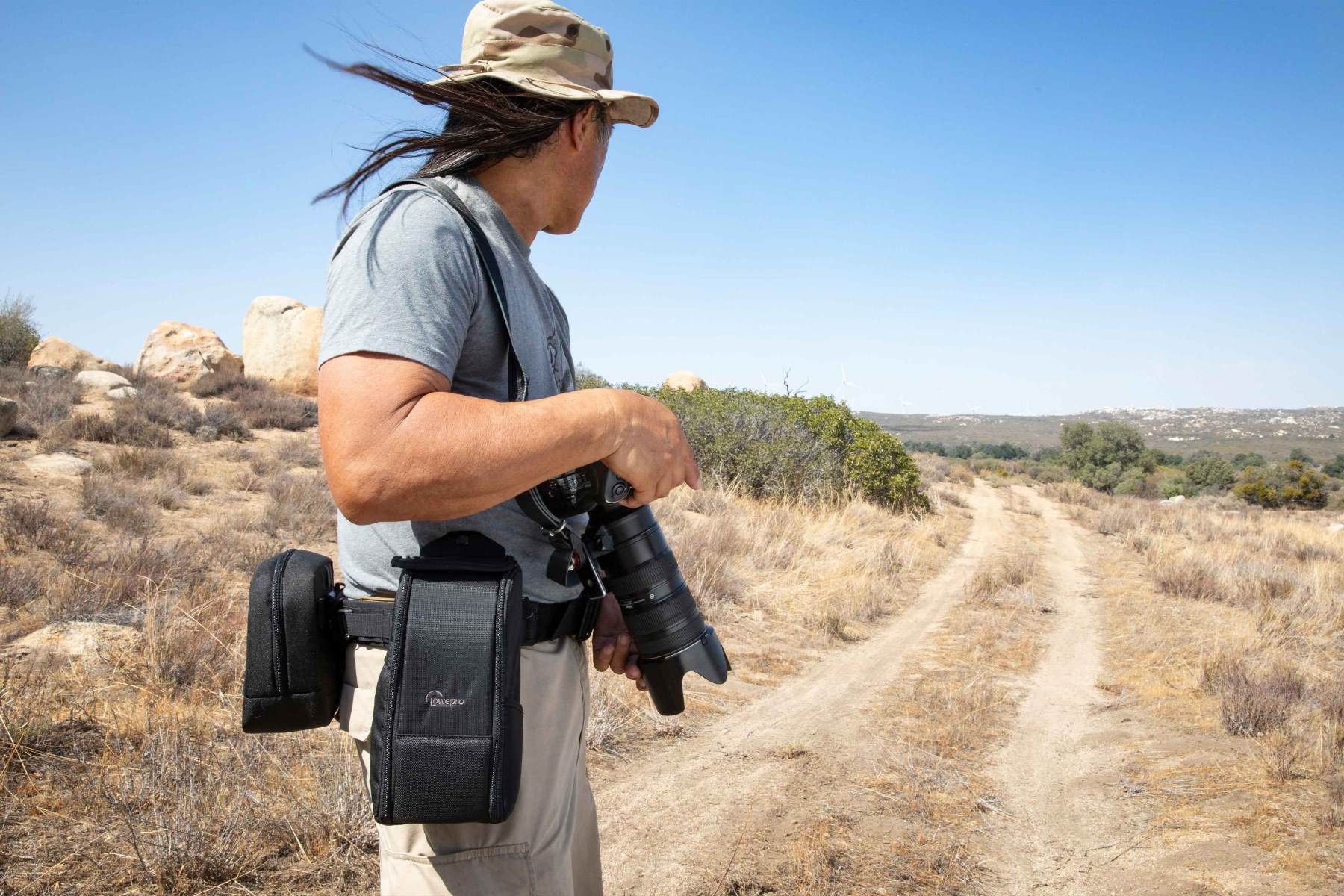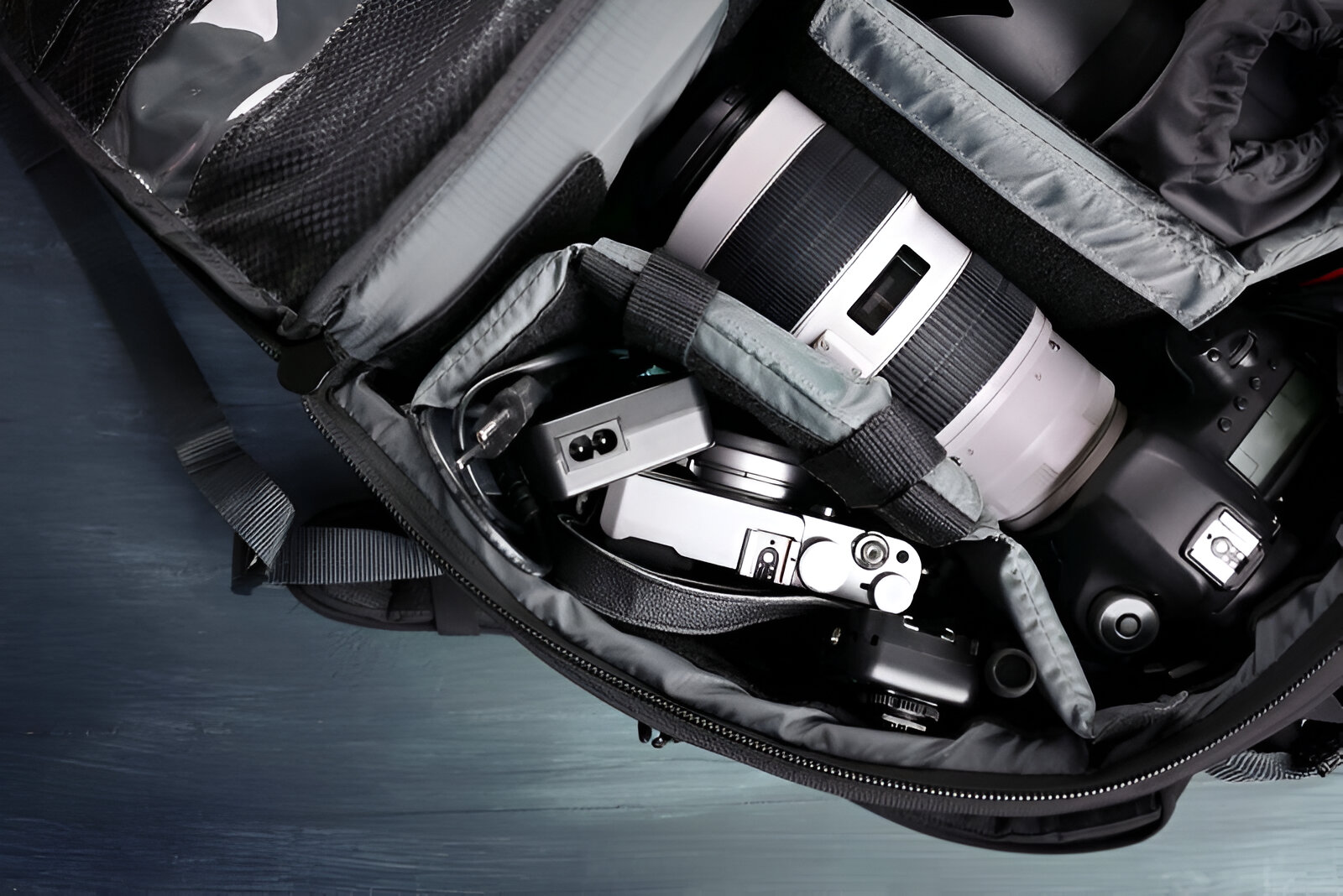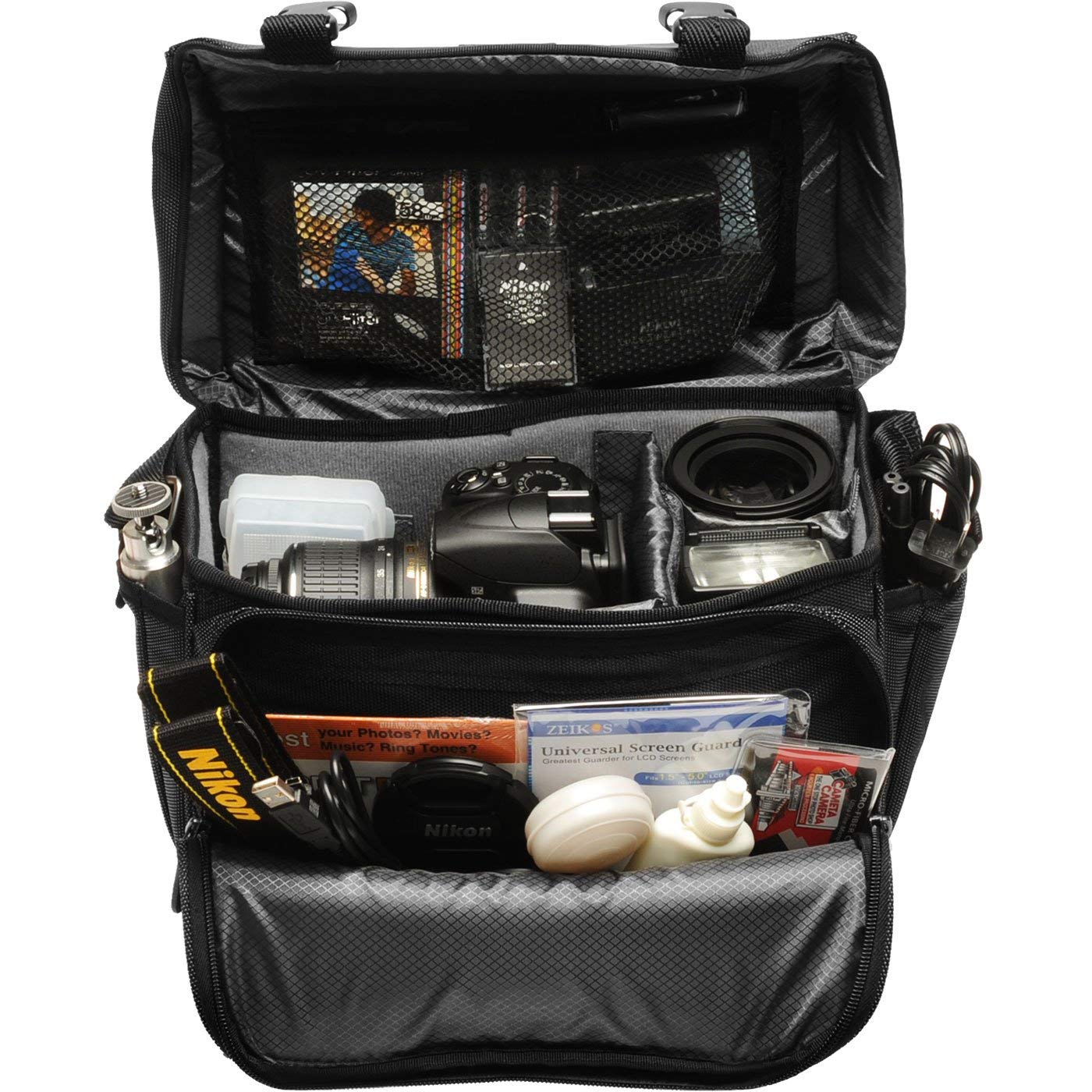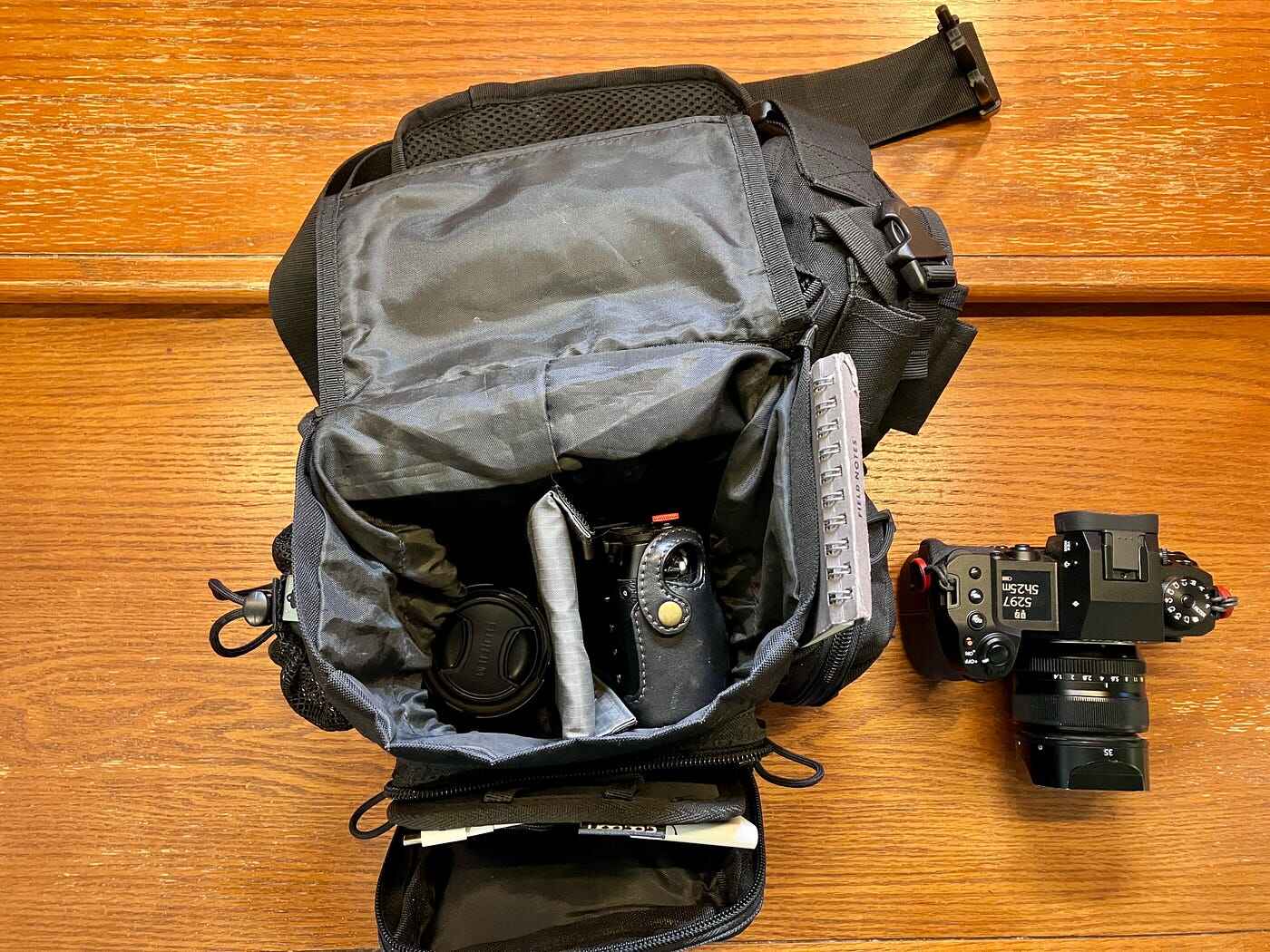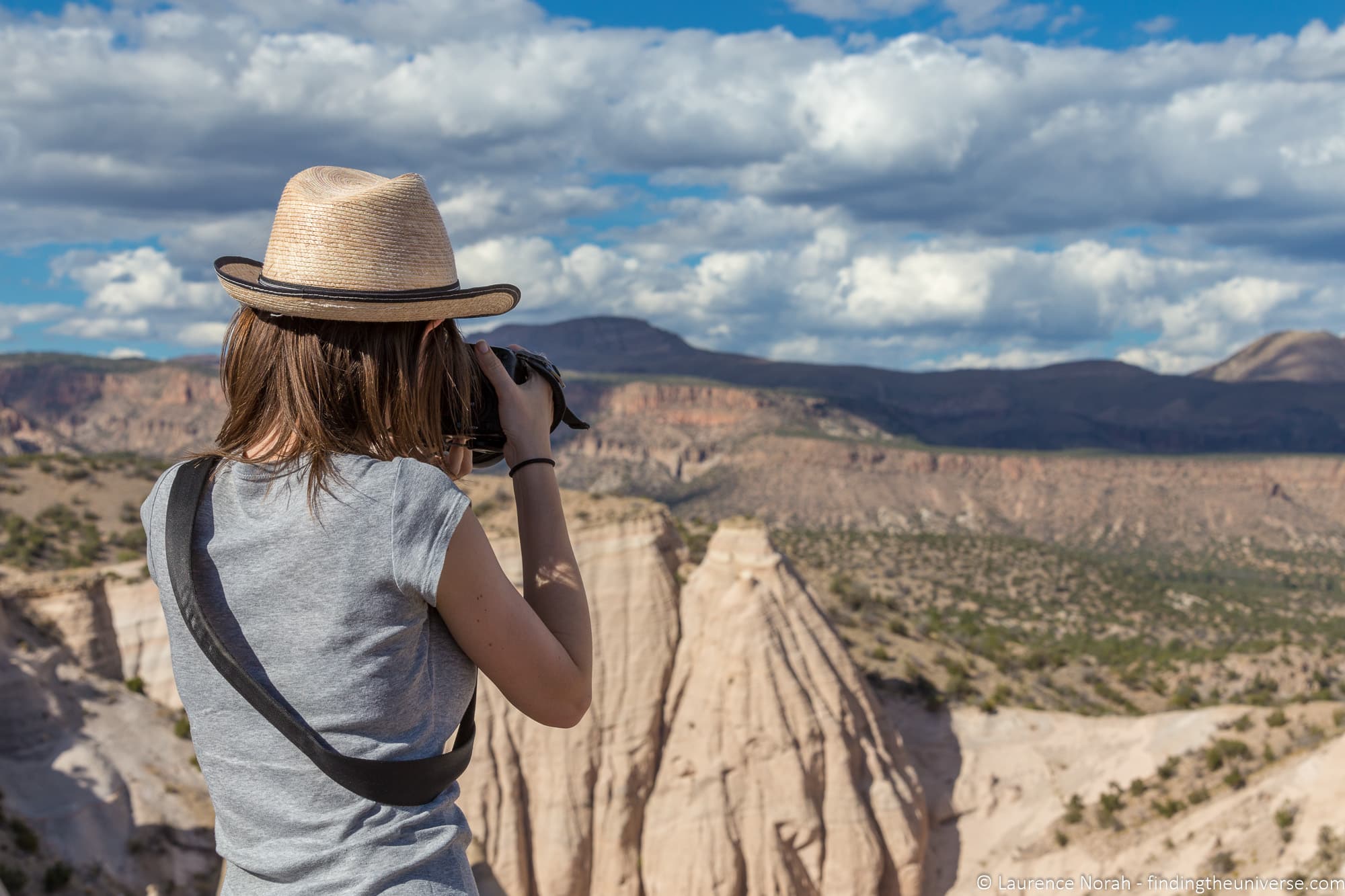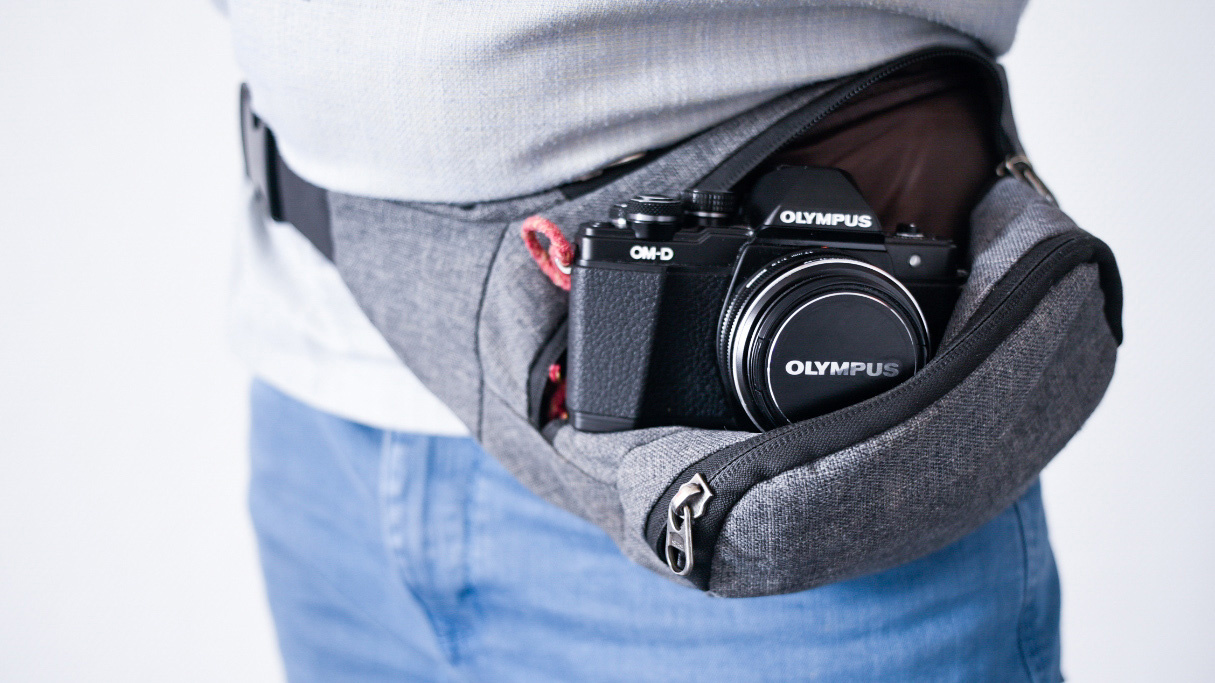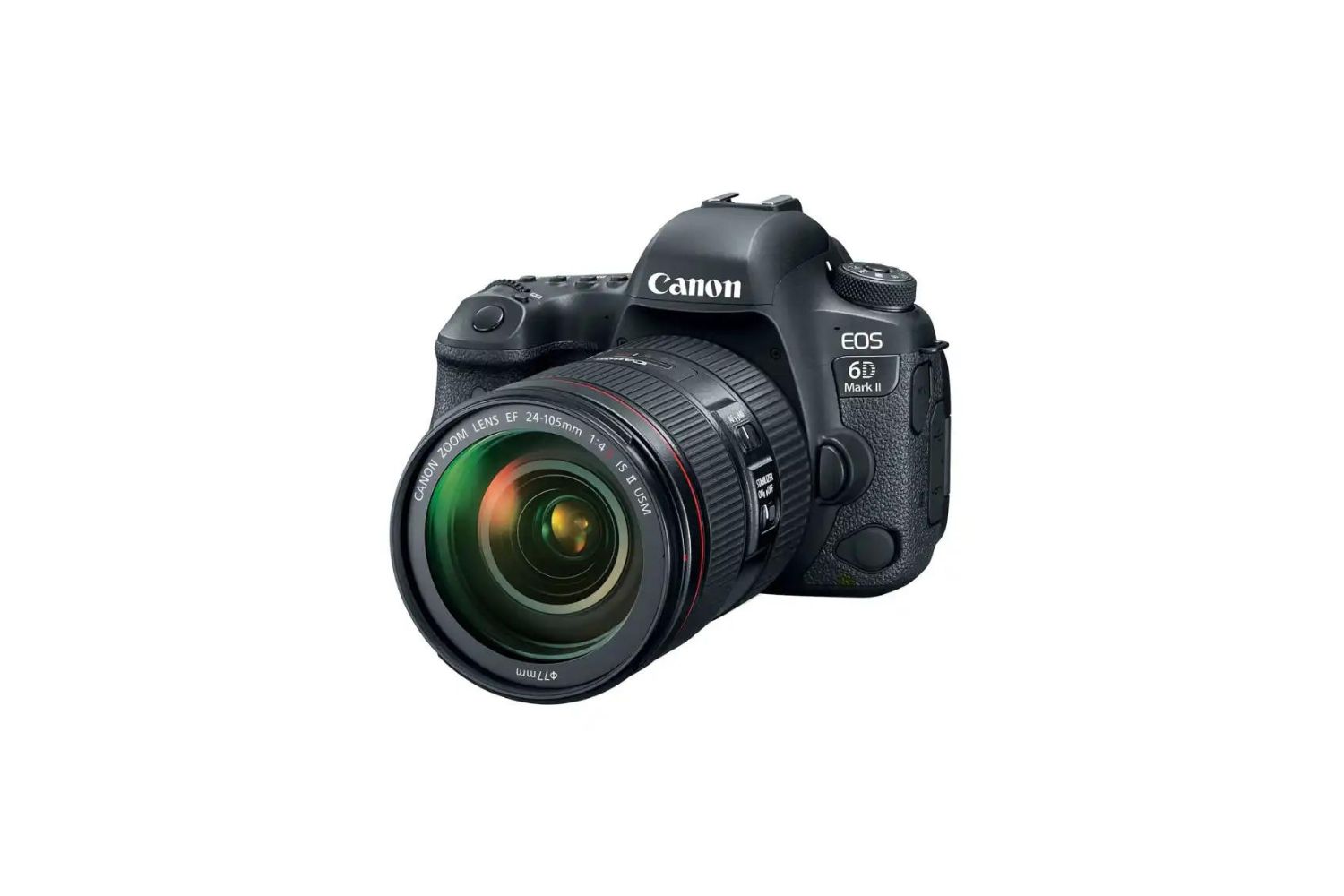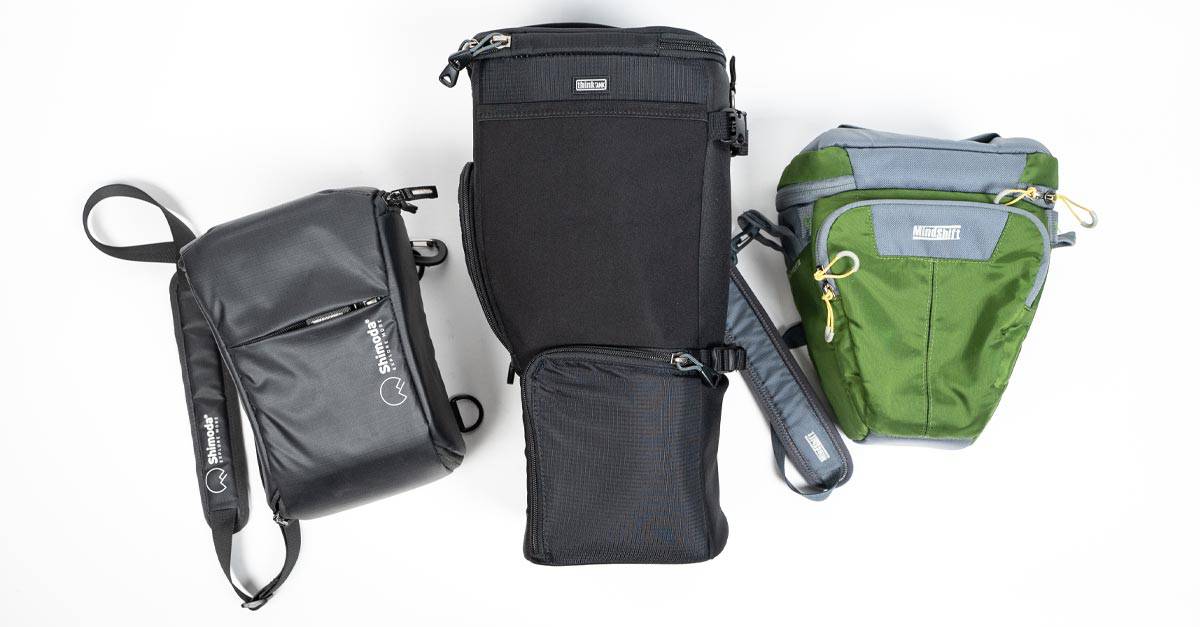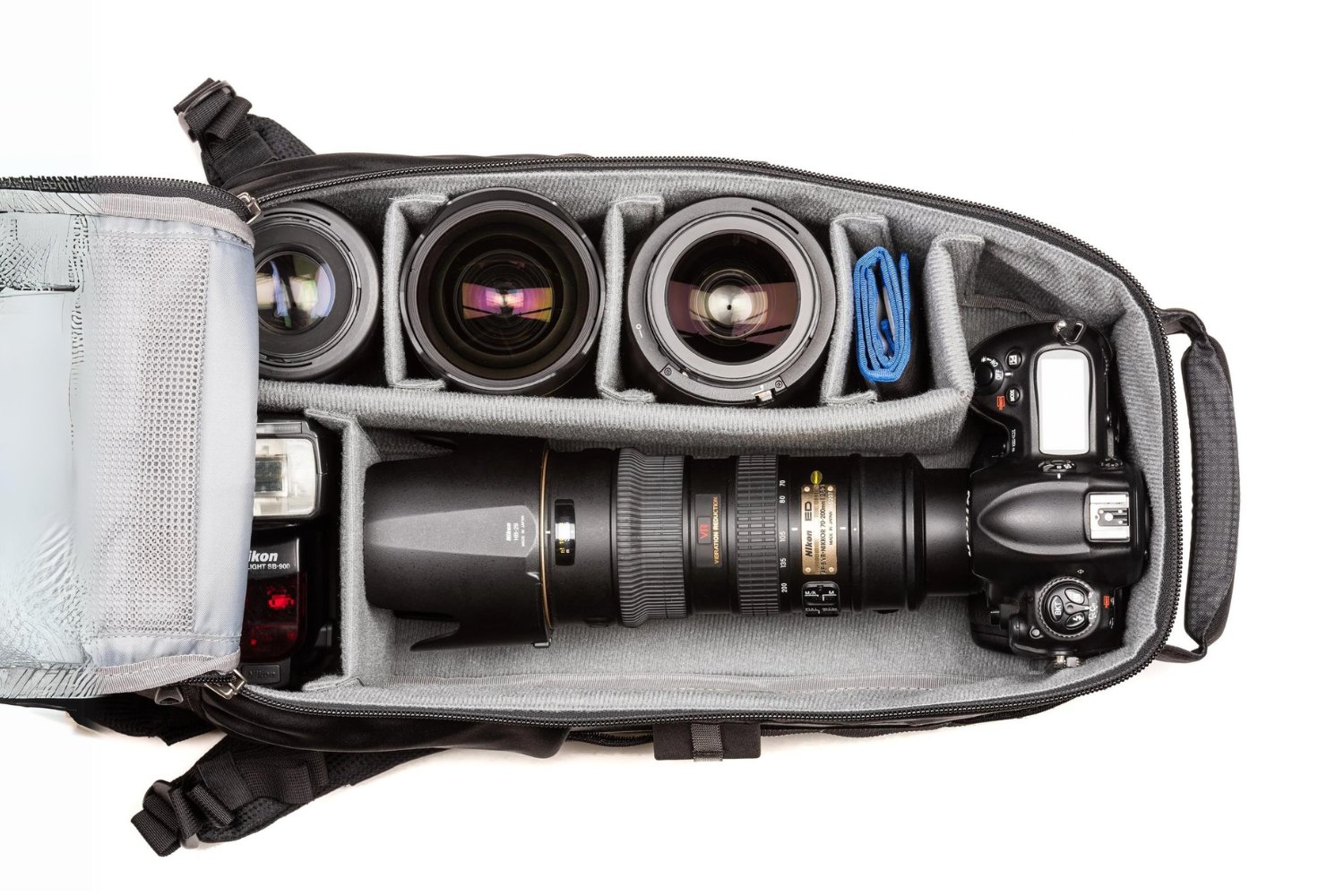Choosing the Right Camera Bag
When it comes to carrying your DSLR camera, selecting the right camera bag is crucial for protecting your gear and ensuring convenience. Here are some essential factors to consider when choosing the perfect camera bag:
- Size and Capacity: Before purchasing a camera bag, assess the size and number of items you intend to carry. Ensure that the bag can accommodate your camera body, lenses, flash, and other accessories comfortably. It’s advisable to select a bag with some extra room for future additions to your gear.
- Protection and Padding: Your camera bag should provide ample cushioning and protection to safeguard your equipment from accidental bumps and jolts. Look for padded compartments and adjustable dividers to keep your gear secure and organized.
- Comfort and Convenience: Opt for a camera bag that offers comfort during extended use. Padded shoulder straps, adjustable chest straps, and a breathable back panel can significantly reduce strain and discomfort, especially when carrying heavy gear for extended periods.
- Accessibility and Security: Consider the ease of accessing your camera and accessories while ensuring that the bag provides adequate security. Look for features such as quick-access side pockets, secure zippers, and weather-resistant materials to protect your gear from the elements.
- Style and Versatility: Choose a camera bag that suits your personal style and accommodates your shooting needs. Whether you prefer a backpack, sling bag, or messenger-style bag, ensure that it aligns with your shooting style and offers versatility for various shooting scenarios.
By carefully evaluating these factors, you can make an informed decision when selecting a camera bag that not only safeguards your valuable gear but also enhances your overall photography experience.
Using a Comfortable Camera Strap
Carrying your DSLR camera comfortably for extended periods is essential for any photographer. A well-designed camera strap can significantly enhance your shooting experience. Here’s how to choose and use a comfortable camera strap:
- Ergonomic Design: Look for a camera strap with a wide, ergonomic design that distributes the weight of your camera evenly across your shoulder and neck. This helps prevent strain and discomfort, especially during long photo sessions or while on the move.
- Padding and Material: Opt for a strap with ample padding to cushion the weight of your camera. Soft, breathable materials such as neoprene or memory foam can provide added comfort, while durable materials like nylon or leather ensure longevity and reliability.
- Adjustable Length: A camera strap with adjustable length allows you to customize the positioning of your camera for different shooting scenarios. Whether you prefer a shorter length for handheld shooting or a longer length for cross-body carrying, adjustable straps offer versatility and convenience.
- Quick-Release Mechanism: Consider a camera strap with a quick-release mechanism for easy detachment of your camera when transitioning to a tripod or other mounting equipment. This feature adds flexibility to your shooting setup and streamlines the process of switching between handheld and stabilized shooting.
- Additional Support Options: For heavier camera setups, consider using a camera harness or dual-camera strap system to evenly distribute the weight across your body. These options provide added support and stability, reducing strain on your neck and shoulders during prolonged use.
By selecting a camera strap that prioritizes comfort, support, and versatility, you can enjoy a more enjoyable and sustainable photography experience, allowing you to focus on capturing stunning images without the distraction of discomfort or fatigue.
Adjusting the Camera Settings for Easy Carrying
While carrying your DSLR camera, adjusting the camera settings can enhance comfort and convenience, ensuring that you are ready to capture moments at a moment’s notice. Here are some essential settings to consider for easy carrying:
- Auto Power Off: Activating the auto power-off feature helps conserve battery life and prevent accidental activation of the camera when not in use. This setting is particularly useful when carrying the camera in a bag or when taking breaks between shots.
- Lens Retraction: If your lens has a retractable design, consider enabling the automatic lens retraction feature when the camera is powered off. This safeguards the lens and reduces the overall size of the camera, making it easier to store and carry in a bag or case.
- Custom Function Buttons: Utilize custom function buttons to assign quick access to frequently used settings such as ISO, white balance, or focus modes. This allows you to make on-the-fly adjustments without the need to navigate through menus, streamlining your shooting process while on the move.
- Image Stabilization: For lenses equipped with image stabilization, ensure that the feature is optimized for handheld shooting. Depending on the shooting conditions, you can adjust the image stabilization mode to prioritize vertical, horizontal, or combined stabilization, enhancing the sharpness of handheld shots.
- Display Brightness and Information: Adjust the display brightness and information settings to ensure clear visibility of camera settings and exposure information in various lighting conditions. This allows for quick assessment of camera parameters without straining to view the display, especially when shooting outdoors.
By fine-tuning these settings, you can streamline the camera’s operation for easy carrying, ensuring that your equipment is optimized for mobility and quick deployment, empowering you to capture spontaneous moments with ease and efficiency.
Carrying the Camera Properly to Avoid Strain
Properly carrying your DSLR camera is essential to prevent strain and discomfort, especially during extended photo outings. By employing the right techniques, you can minimize physical strain and potential damage to your equipment. Here’s how to carry your camera properly:
- Utilize a Cross-Body Carry: Opt for a cross-body carrying style, allowing the camera to rest comfortably at your hip or slightly behind your back. This position provides easy access to the camera while distributing the weight evenly across your body, reducing strain on your neck and shoulders.
- Adjust Strap Length: Ensure that the camera strap is adjusted to an appropriate length, allowing the camera to rest at a comfortable and accessible position. Avoid having the camera hang too low, which can lead to accidental bumps or discomfort, and refrain from having it too high, causing strain on your neck.
- Use a Hand Strap: Consider using a hand strap in conjunction with the camera’s neck strap for added security and support. A hand strap provides a secure grip on the camera, reducing the likelihood of accidental drops and minimizing hand and wrist fatigue during prolonged use.
- Employ Proper Posture: Maintain good posture while carrying your camera to alleviate strain on your back and shoulders. Engage your core muscles and keep your shoulders relaxed to distribute the weight effectively and minimize the risk of discomfort or fatigue.
- Take Breaks and Alternate Carrying Sides: If carrying the camera for an extended period, take regular breaks to relieve any accumulated strain. Additionally, alternate the side on which you carry the camera to balance the load on your body and prevent overexertion on one side.
By adopting these techniques, you can carry your camera with comfort and confidence, ensuring that your focus remains on capturing exceptional images without the distraction of physical discomfort or strain.
Storing and Transporting the Camera Safely
When it comes to safeguarding your DSLR camera during storage and transportation, prioritizing safety and protection is paramount to preserve the integrity of your equipment. Here are essential guidelines for storing and transporting your camera safely:
- Utilize a Dedicated Camera Compartment: When storing your camera in a bag or case, ensure that it is placed in a dedicated compartment designed specifically for cameras. This compartment should provide ample padding and protection from external impacts, minimizing the risk of damage during transit.
- Secure Camera Accessories: Store camera accessories such as lenses, flashes, and batteries in designated compartments within the bag or case. Utilize padded dividers or individual pouches to prevent the items from shifting and causing potential damage to each other or the camera body.
- Protect Against Moisture and Dust: Choose a camera bag or case constructed from water-resistant and dust-repellent materials to shield your gear from environmental elements. Additionally, consider using silica gel packs or moisture-absorbing sachets to mitigate the effects of humidity during storage.
- Invest in a Quality Camera Case: For added protection during transportation, consider investing in a hard-shell camera case or a padded camera insert that fits securely within a backpack or carry-on luggage. This provides an extra layer of defense against impacts and ensures the safety of your gear during travel.
- Secure External Straps and Accessories: Before transporting your camera, secure any external straps or accessories to prevent tangling or snagging during handling. This minimizes the risk of accidental damage and maintains the overall integrity of your camera and gear.
By adhering to these guidelines, you can ensure that your DSLR camera is stored and transported with the utmost care and protection, preserving its functionality and longevity for countless photographic endeavors.







